@naturogungdom.bsky.social and used to fool around on Twitter.





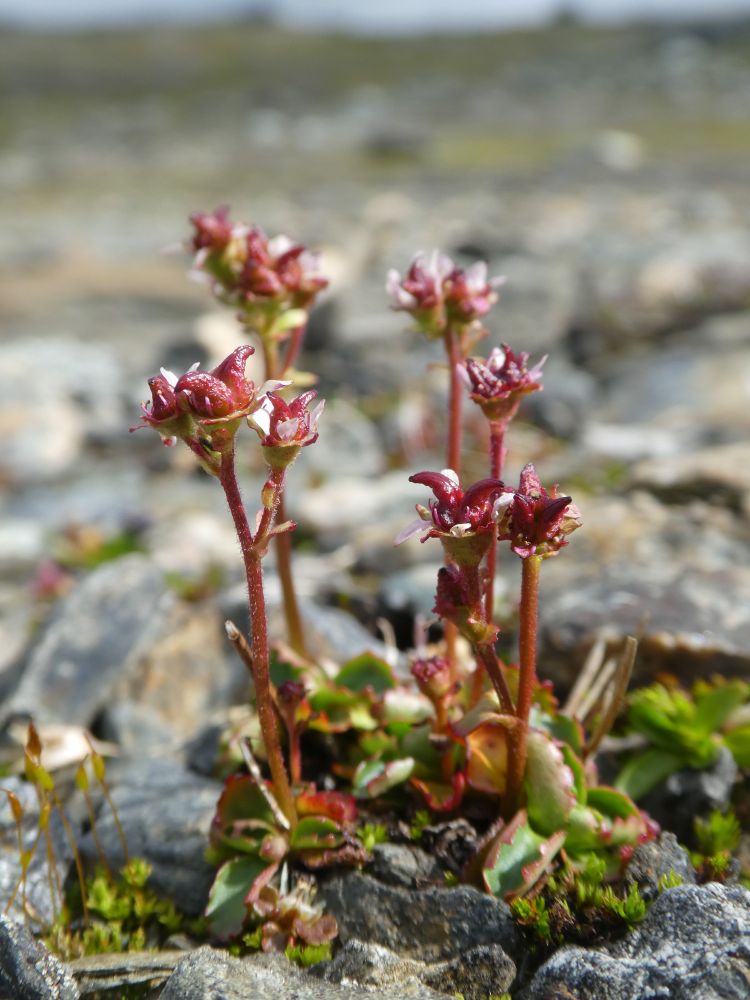
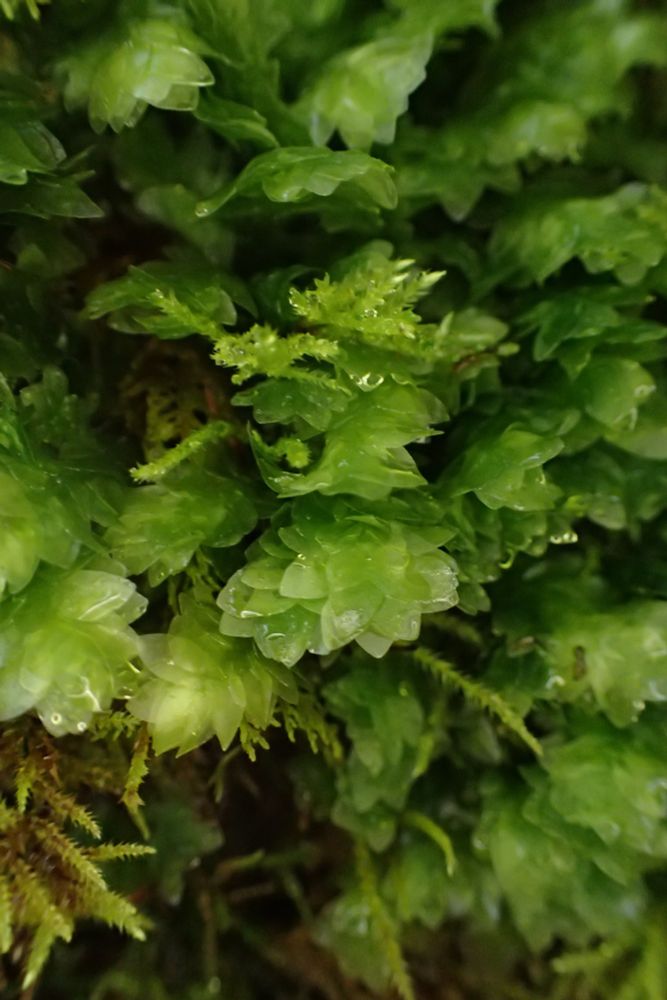
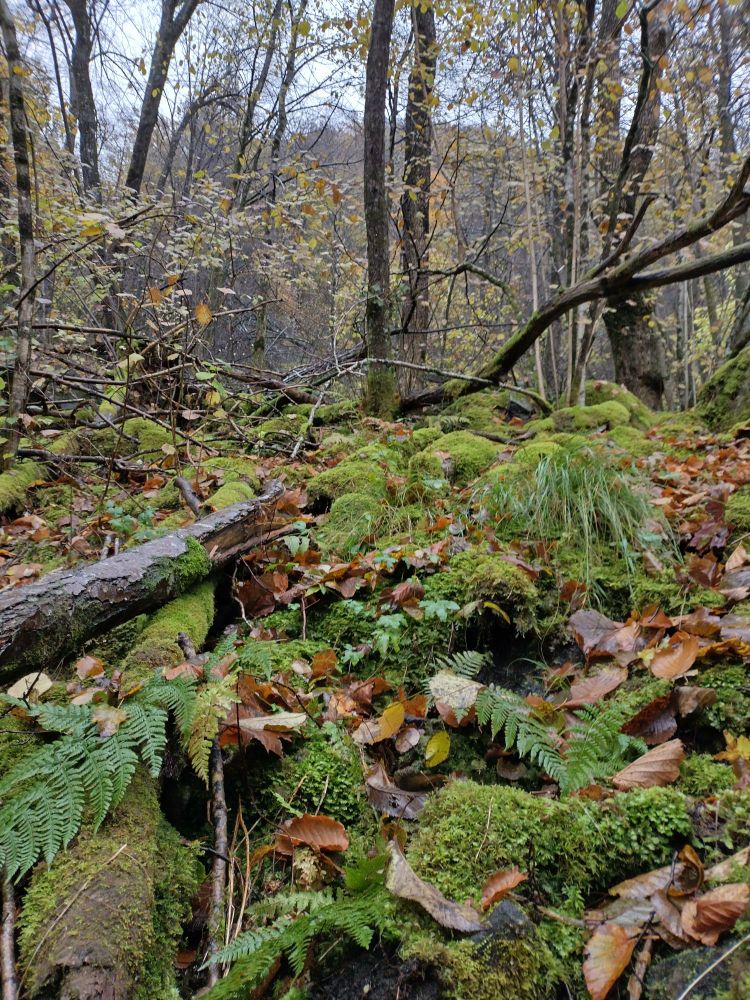

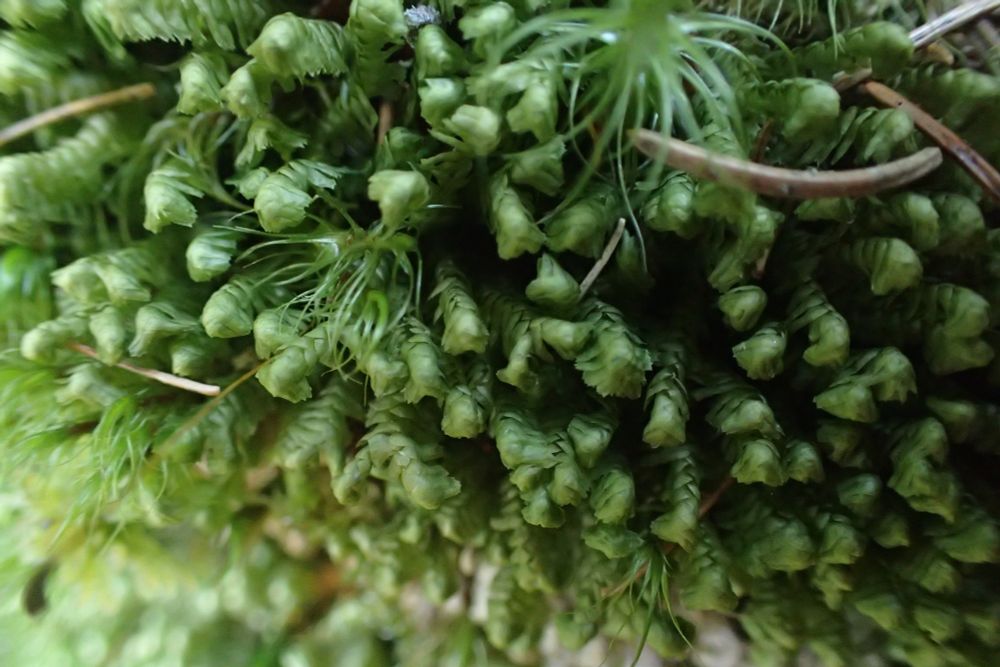

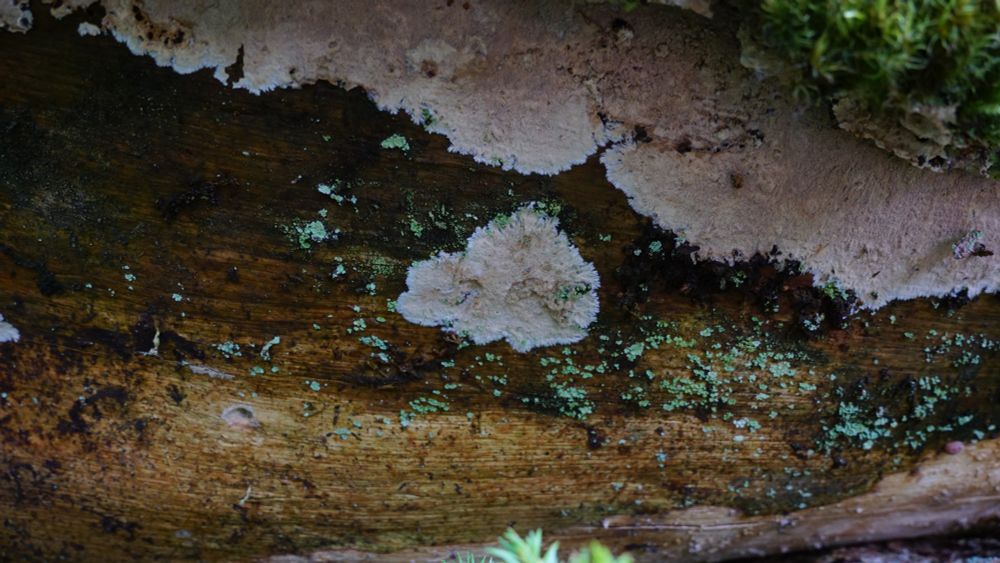




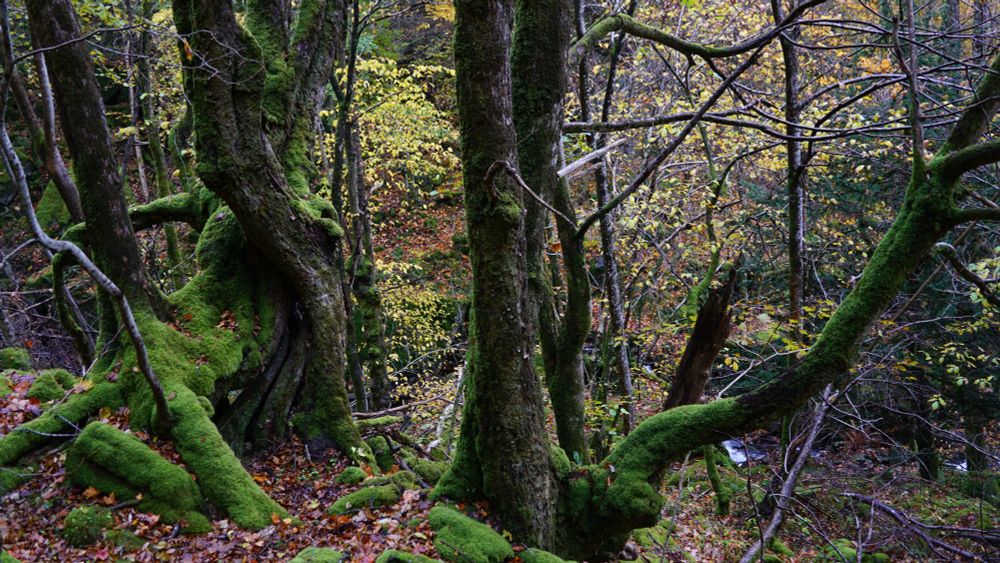

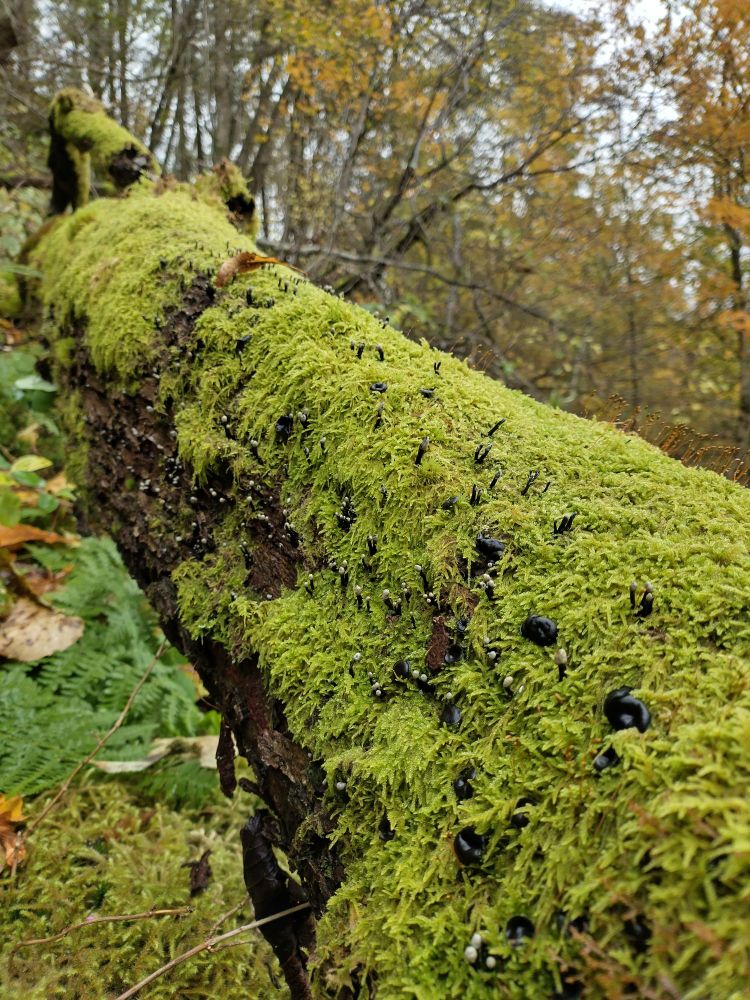
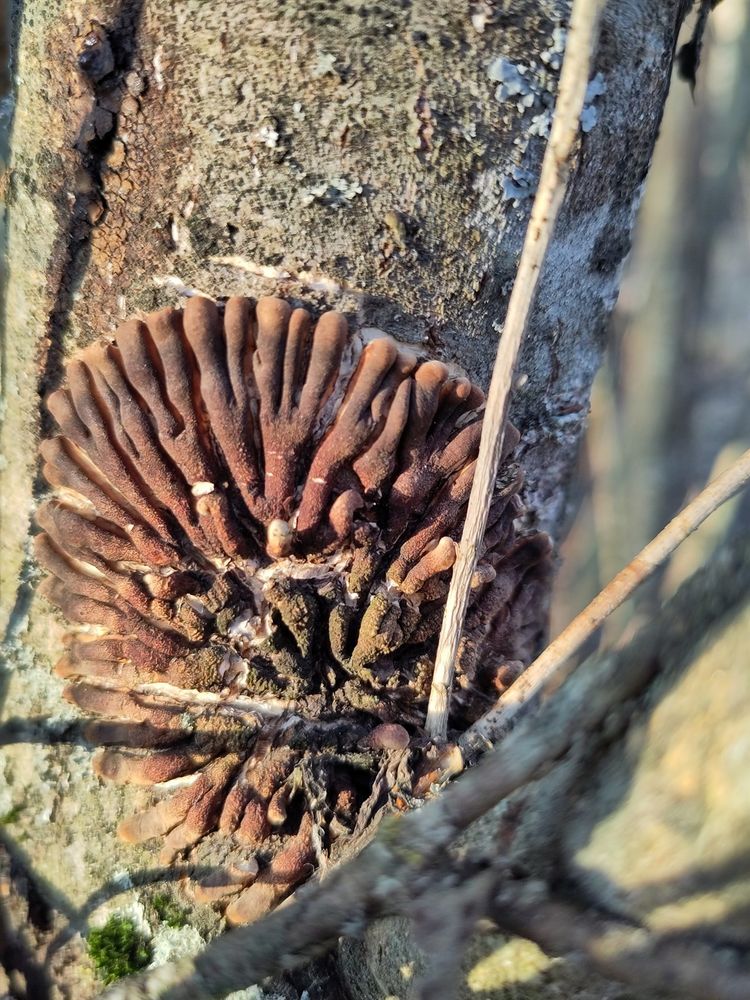
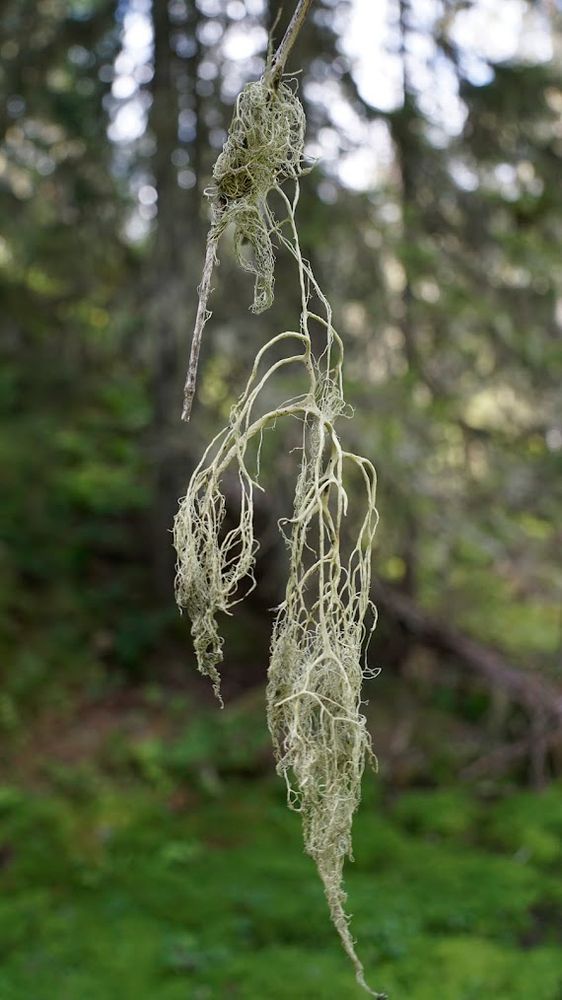
Kva med SVO?

Kva med SVO?

Last summer Clavaria zollingeri (NO Fiolett greinkøllesopp, EN Violet coral) appeared when we did a vegetation survey on an old hay meadow in Voss. Grassland fungi like these are rare and threatened in modern agriculture

Last summer Clavaria zollingeri (NO Fiolett greinkøllesopp, EN Violet coral) appeared when we did a vegetation survey on an old hay meadow in Voss. Grassland fungi like these are rare and threatened in modern agriculture
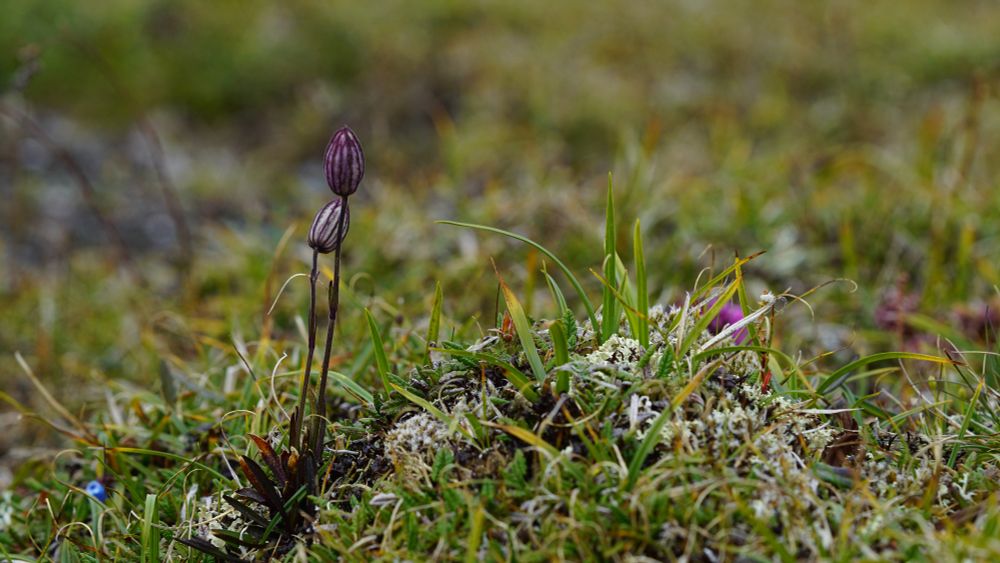





On a forest property of nearly 300 km2 we have performed a large-scale sampling of insect and fungi diversity + vegetation and dead wood surveys.




On a forest property of nearly 300 km2 we have performed a large-scale sampling of insect and fungi diversity + vegetation and dead wood surveys.





